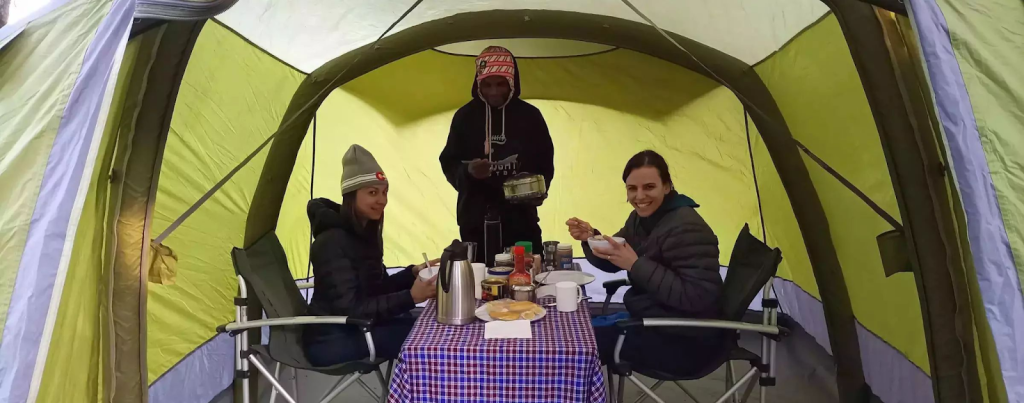Precision and Perseverance: The Science Behind Every Successful Kilimanjaro Climb
Every great ascent begins long before a boot touches the mountain. It begins in planning — in the quiet, meticulous calibration of pace, nutrition, equipment, and spirit. Mount Kilimanjaro, though beautiful and benign from afar, is a test of precision disguised as adventure. Those who reach its summit do so not by luck, but by method — by treating every detail as sacred.
The Technical Art of Preparation
In many ways, a climb resembles a technical operation. Data matters. Rest days, acclimatisation profiles, oxygen saturation levels, hydration rates — each figure shapes the story of success or struggle. The most experienced guides treat these numbers not as restrictions, but as signals of respect: respect for altitude, for the human body, and for the limits that make triumph meaningful.
Climbers who ignore these parameters often learn that nature enforces its own code. Altitude sickness, fatigue, and disorientation are not punishments — they are feedback. The mountain reminds us that even courage must be disciplined by structure.
Harmony Between Body and Algorithm
Modern climbers are often supported by wearable technology that tracks sleep, heart rate, and performance. Yet the truest algorithm remains internal — the heartbeat’s rhythm against the rhythm of the trail. To ascend safely, one must interpret both: the digital data and the human signal. This dual awareness transforms a climb from mere endurance into an act of intelligent cooperation between body and environment.
Much like in engineering, success is not built on intensity alone, but on calibration — the fine-tuning of many small variables until they produce harmony.
The Role of Design in Survival
Everything that accompanies a climber — the boots, the poles, the oxygen monitor, the tents — has been refined by generations of design thinking. Each gram saved, each angle corrected, is an argument for survival. The summit is reached not by the strongest, but by the most precise.
It is this philosophy that links technology and adventure. Both rely on testing, iteration, and feedback. Both punish arrogance and reward curiosity. To climb well is to engineer the experience of endurance itself.
Discipline as a Moral Technology
There is, however, a layer beyond science — a moral one. The precision required on the slopes becomes a metaphor for integrity. Climbers must self-regulate, monitor not only their pulse but their pride, and act according to a code of honesty with themselves and their team.
When fatigue tempts one to skip a safety check or push too fast toward the crater rim, conscience becomes the ultimate instrument. The mountain demands ethical precision — not merely physical.

The Union of Mind, Machine, and Meaning
As technology continues to refine climbing, one truth remains: the most advanced device on Kilimanjaro is still the human spirit. Data may predict performance, but only willpower transforms it into ascent. The integration of human judgment with digital guidance represents the future not just of mountaineering, but of moral engineering — the science of doing difficult things the right way.
An Invitation to the Disciplined Dreamer
For those drawn to the balance between adventure and analysis, between the poetry of altitude and the precision of planning, Kilimanjaro stands as the perfect equation. It is a test of both science and soul.
To begin that equation — to see how technical expertise meets human endurance in one of the world’s most inspiring environments — explore the route with expert Kilimanjaro climb organisers. One link, one lesson: precision and perseverance are not opposites. They are allies on the path to the summit.
ALSO READ: How Can Smiles Turkey Antalya Change The Way You Experience Dental Care?



